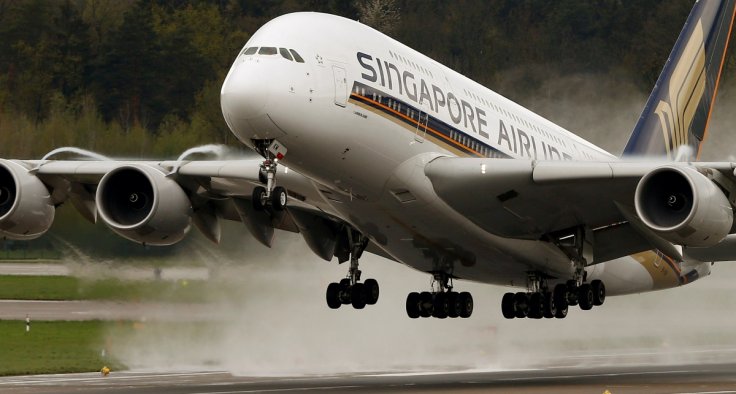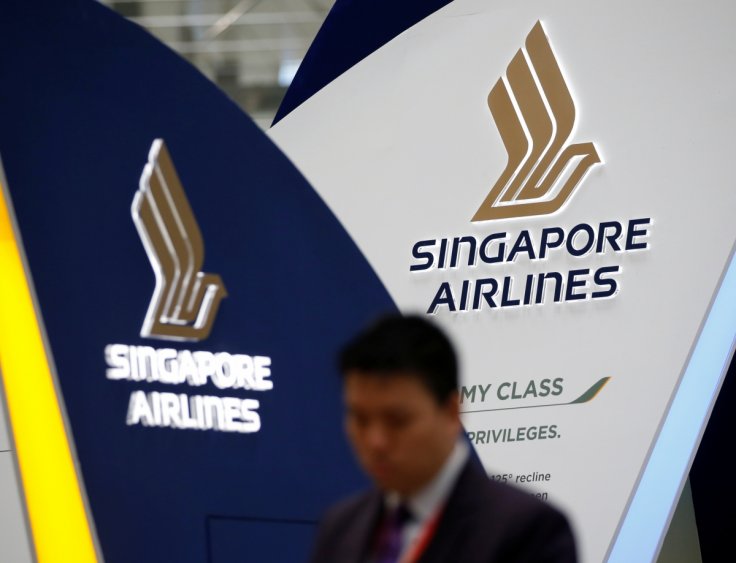Singapore Airlines will be reducing its workforce by over 4,000 employees, or around 20 percent, as it struggles to contend with the devastating impact of the coronavirus that has left the aviation industry battered and bruised. The airline is already in talks with the unions and will soon announce details about of the planned layoffs.
However, the actual job losses will be a shade less after taking into account recruitment freeze and attrition. Singapore Airlines has been particularly hit hard compared to most other airlines in the region given that it is solely dependent on international flights. Presently, the airline is operating less than 10 percent of its capacity.
Singapore Airlines Hit Hard

Singapore Airlines said on Thursday that it will be reducing its staff strength by 4,300 as its aims to become a smaller airline after the devastating impact of the coronavirus. This is also by far the largest job loss in its history. The cuts will be made at Singapore Airlines and its SilkAir and Scoot units.
The airline said that it is already in talks with the unions and will soon be making further announcements about the planned job cuts. The airline also said that after taking into account a recruitment freeze, natural attrition and voluntary departure schemes, the total staff affected would be reduced to around 2,400 in Singapore and overseas.
Even then, the figure represents a 15% cut to its workforce. To manage uncertainty around travel demand, Singapore Airlines will also be reducing its operation, a strategy that is being adopted by several airlines with unfortunate knock-on effects. The company also reiterated to its earlier forecast of operating less than 50 percent of its normal capacity by its financial year end of March 21, 2021. Singapore Airlines is presently operating 8 percent of its capacity.
Difficult Times

The company's decision to go for massive job cuts once again reflects the devastating impact of the pandemic especially on the airline industry, with international air travel drastically reduced on fears of the spread of the virus. The International Air Transport Association doesn't expect passenger traffic to recover to pre-pandemic levels until 2024.
Singapore Airlines has been particularly hit hard as it doesn't have domestic operations and is solely dependent on international travel. The job losses come despite the airline raising about $8 billion (S$11 billion) through loans and a rights issue in June, and receiving aid from a government job-support program. The Ministry of Finance said it spent about S$15 billion as of July to help companies in the city-state pay staff.
This had somewhat helped the company resist job cut so far but eight months down the airline it has finally started to crumble. "Eight months on, the number of carriers that have collapsed continues to rise. It is still not clear who will ultimately survive this crisis," Chief Executive Officer Choon Phong Goh said in a statement.
The airline is also planning to reduce its fleet. The airline owns 131 aircraft in its fleet. It is a young, Airbus-dominated collection of planes with a hopeful future. Additionally, it has Boeing 777s and Boeing 787-10 Dreamliners. This varied fleet has previously allowed the airline and its subsidiaries, Scoot and SilkAir, to operate in 130 destinations around the world. However, that will now change.









